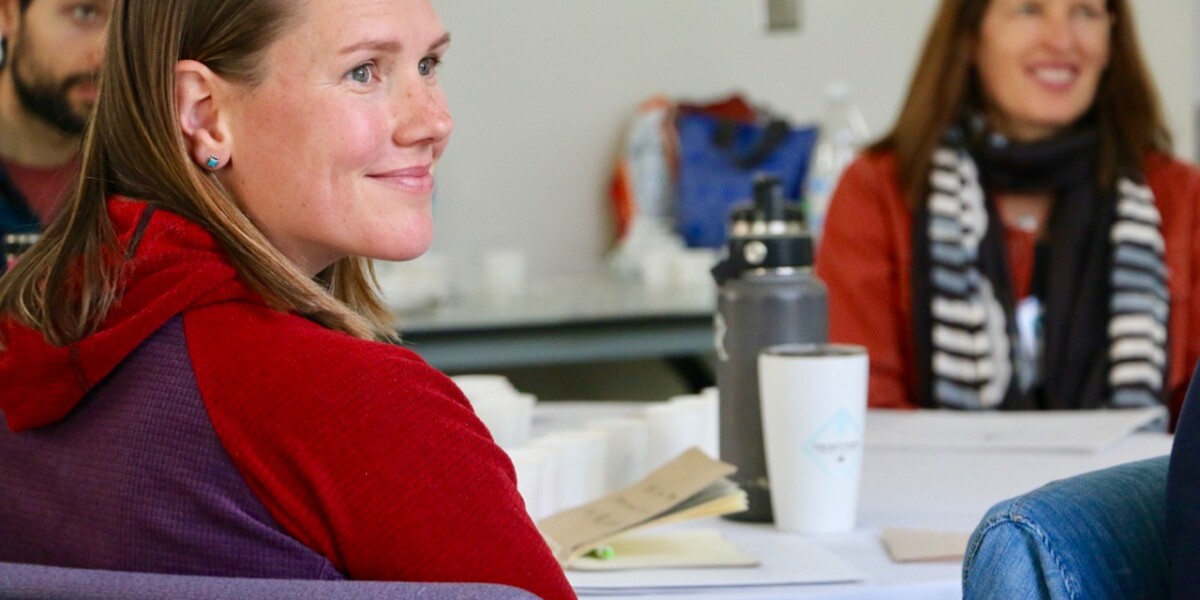By Rachel DiGiammarino
Working within your comfort zone has its moments. There is a period of time (for some it might be months, for others it might be a year or more) when you’ve hit your stride – you’re working efficiently and effectively with no discernible downside. The effort is reasonable, the quantity is manageable, the time spent is acceptable, and the output is respectable, perhaps even impressive. Overall it feels predictable.
For many ambitious people, there comes a time when you eventually bump up against the walls of your comfort zone. You might act complacent, describing your ability to do your work “with your eyes closed” or “with both hands tied behind your back.” Yet these statements most likely expose a person who is becoming constrained, bored, and potentially on the verge of disengaged.
Thankfully there are options.
- Initiate – do something no one asked you to do
- Volunteer – respond when someone asks for help
- Lead – be an informal / unofficial leader or mentor
- Change – pursue a new opportunity
There’s a mutual benefit to these suggestions. First, it gives you something to engage your brain and reignite your passion and commitment. Second, it shows others your assertiveness, intelligence, and awareness (amongst other skills), which could lead to new opportunity.
What’s Stopping You?
Another condition of the comfort zone is when you get trapped inside it for fear of trying something new and different; being viewed as less competent compared to your current status. Again, let’s look at the choices.
- Stay where you are and watch yourself slip backwards from lack of challenge and engagement until your daily routine is so mundane that you take your foot of the gas and coast into apathy. Know anyone like that? Want to work with that type of person?
- Take a chance (whether offered to you or on your own initiative) to develop a new skill – take a course, work on a different project, apply for a new position. Unless your aim is widely off, you’ll likely relish the freshness of new ideas, interactions, and routines. You start and end the day with a sense of energy and curiosity for learning and understanding the big picture. Know anyone like that? Want to work with that type of person?
When you make the move to break out of your comfort zone, recognize there’s a learning curve. If expectations (of yourself, by others) are appropriately set, leverage the time it’s acknowledged to take to be fully up-to-speed, operating independently, and producing high-level results.
A Step Out of Your Comfort Zone
Moving outside your comfort zone is a risk. Depending on your propensity for risk-taking, your next step may be more or less calculated and gradual in terms of the path you choose. For example, signing up for an online course in project management while keeping your current position versus quitting your day job and moving to a new city without lining up a new job. Both may lead to a greater sense of engagement and new opportunity; they may also involve a few obstacles to overcome so the importance of knowing your objective will help you stay the course.
When you think about top performers – athletes, musicians, dancers, scientists, researchers, leaders (of companies, causes, and countries), parents, and many others, they push themselves until it hurts or they’re exhausted, they repeat the process over and over, and measure progress no matter how small the increment. For these individuals, it’s not just a single moment that defines their accomplishments, but rather the entire journey, a cycle of hard work, obstacles and challenges to overcome which stimulate the mind and the body, awaken passion, and call upon every ounce of grit and determination. The reward is a greater sense of self – confidence, learning, respect, awareness and strength.
As you navigate your professional journey, you’ll encounter milestones that may reveal a fairly linear progression. Or you may arrive at an intersection and decide to take an alternate, somewhat circuitous route. You might even consider how to follow two paths concurrently. No matter your choice, you’re in motion – pursuing, experimenting, problem solving, participating. Instead of idling, which we all know is bad for the environment and equally unhealthy for the mind when it occurs for too long, you move beyond the predictable boundaries of your comfort zone and test the waters outside.
Imagine finding a way to get outside your comfort zone. Brush up against it. Poke a hole in it. Try something on for size. Or maybe you bust the wall down. Run through it. Take a giant leap.
Wherever you are and however you get there, thrive.
*This piece was originally published on the Accordence.com blog.
Rachel DiGiammarino is a learning and development professional and serves on the UVM Continuing and Distance Education Advisory Board. She is director of business development at Accordence, Inc., a global training company helping employees enhance their professional skills.




